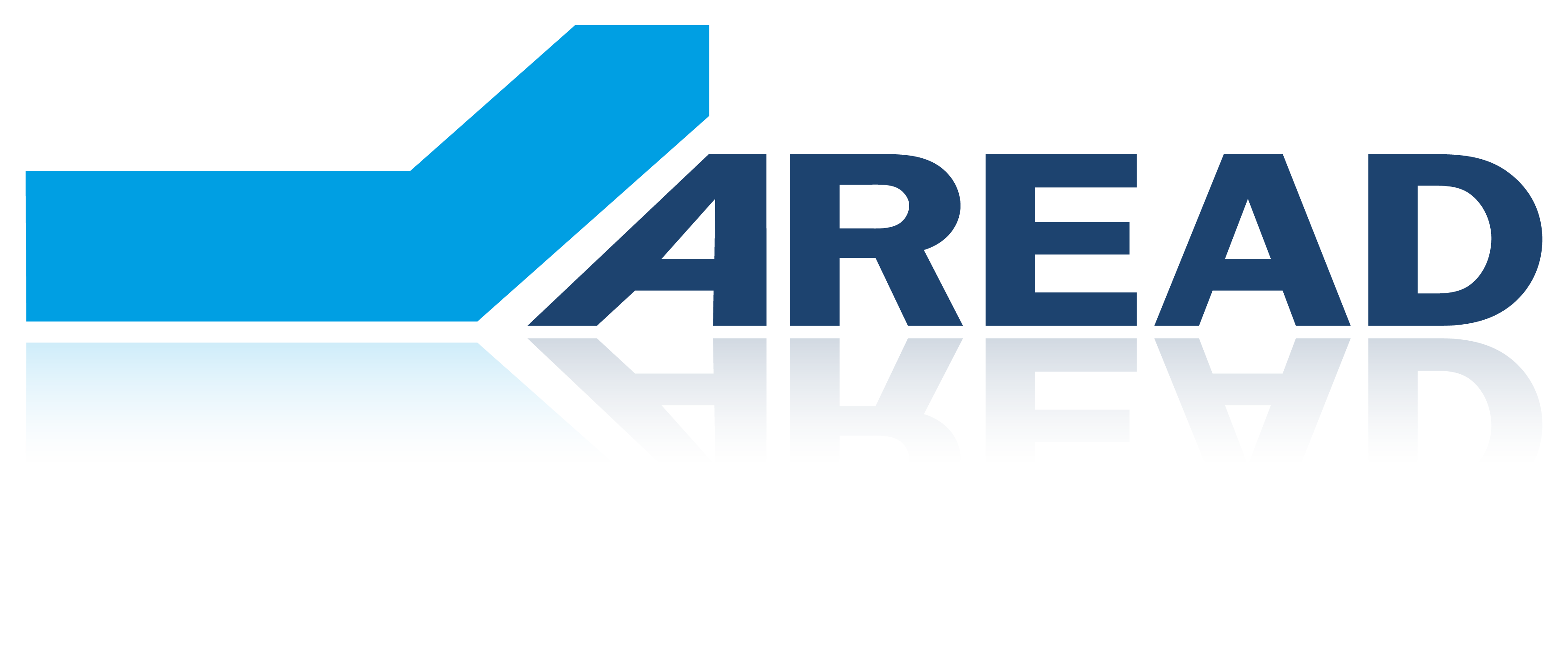

Everything About the French Innovation Tax Credit (CII)
What is the Innovation Tax Credit (CII)?
The Innovation Tax Credit (CII) is a tax incentive specifically designed to support small and medium-sized enterprises (SMEs) in their innovative projects. It targets companies developing new products that offer superior technical, ergonomic, ecological, or functional characteristics compared to existing market offerings. Unlike the Research Tax Credit (CIR) , which focuses on fundamental and applied research, the CII specifically supports the development phase involving prototypes and pilot installations – a later stage of product innovation.
Advantages of the Innovation Tax Credit for SMEs
- Financial Support for Innovation: It provides direct financial aid to offset the costs associated with developing innovative products.
- Reduced Tax Burden: The credit directly lowers the company’s corporate income tax liability.
- Cash Flow Improvement: Similar to the CIR, the CII is refundable if the company is loss-making or has insufficient tax liability, providing valuable cash flow.
- Competitive Edge: By subsidizing innovation efforts, the CII helps SMEs bring new products to market faster and more affordably.
- Focus on Product Development: It specifically encourages the crucial stages of prototyping and pilot testing.


CII Rate and Eligible Expenditures
- Personnel Costs: Salaries of personnel dedicated to the innovative project.
- Subcontracting Costs: Fees for feasibility studies or prototype realization outsourced to accredited providers (requiring CII Accreditation).
- Intellectual Property Costs: Expenses related to IP, such as patent filings.
- Depreciation of Investments: Amortization of investments necessary for the development of the new product.
- Materials and Consumables: Costs of materials and supplies required for prototypes or pilot installations (on a flat-rate basis).
How to Benefit from the Innovation Tax Credit?


To benefit from the CII, companies must meet certain criteria and follow specific steps:
- Verify Eligibility: The CII is intended for SMEs (fewer than 250 employees, annual turnover ≤ €50 million or balance sheet total ≤ €43 million).
- Define the Innovative Project: The project must involve the creation of prototypes or pilot installations of a new product exhibiting superior innovative technical characteristics, performance, functionality, or eco-design compared to existing products on the market.
- Declare Expenses: Eligible SMEs report their innovation expenses on their annual tax return via the Cerfa form 2069-A-SD. In case of doubt, requesting a tax ruling (rescrit fiscal) is advisable.
Eligible Activities and Sectors
Innovation projects eligible for the CII primarily concern the design, realization, and testing of innovative product prototypes, particularly in the following sectors:
- Manufacturing Industries: Development of new products or new machinery.
- Information and Communication Technologies (ICT): Innovations in software and digital services.
- Medical Sector: Development of advanced medical devices.
- Agri-food: Conception of new food products.


What are the Steps to Obtain the Innovation Tax Credit (CII)?
- Documentation Preparation: Gathering all necessary technical and financial documents.
- Calculation of Eligible Expenses: Accurately determining the costs attributable to the innovation project.
- Declaration to Tax Authorities: Submitting the claim via the appropriate tax forms.
- Request for Tax Ruling (Optional): Seeking pre-approval from the tax administration for eligibility.
When to Apply?


Is My Company Eligible for the Innovation Tax Credit (CII)? How to Know?
- SME Status: (fewer than 250 employees, turnover ≤ €50 million or balance sheet total ≤ €43 million).
- Project Involving Significant Technical and/or Functional Innovation: The product must be new to the market and demonstrate superior performance.
How AREAD Supports Your CII Claim
AREAD provides comprehensive support throughout the CII application process:
Project Eligibility Assessment:
AREAD performs an in-depth audit to identify projects corresponding to the innovation criteria required for the CII.
Calculation of Eligible Expenses:
AREAD helps you inventory personnel costs, subcontracting fees, and other expenses to maximize your tax credit.
Assistance with Tax Declaration:
Our experts assist you in completing and submitting your tax declaration in full compliance.
Technical Justification File Preparation:
AREAD handles the drafting and structuring of the technical justification file compliant with administration expectations, essential in case of a tax audit or refund request.
Administrative Follow-up:
AREAD ensures administrative follow-up after your claim submission, allowing you to remain focused on your projects.
With AREAD’s support, you benefit from specialized expertise guiding you at each stage, helping you optimize your chances of success in obtaining the Innovation Tax Credit (CII).
